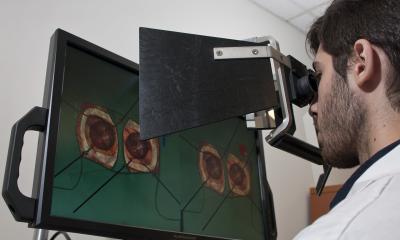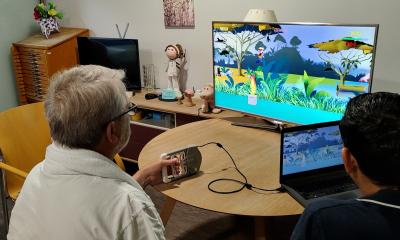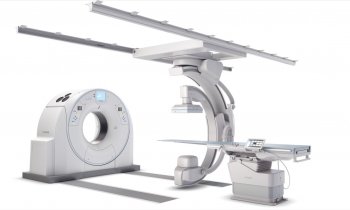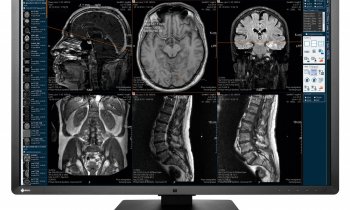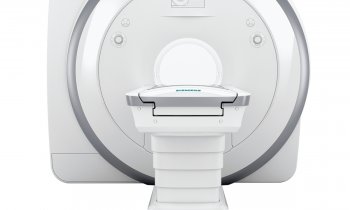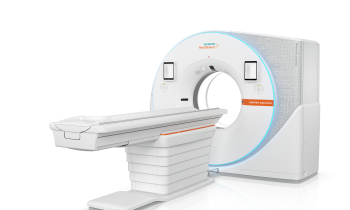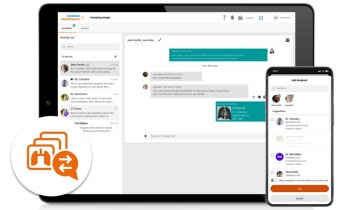News • New approach for VSN patients
How virtual reality can support stroke rehabilitation
A team of researchers at the University of Jyväskylä has developed and tested a new virtual reality (VR) training task designed to help stroke survivors living with visuospatial neglect (VSN).
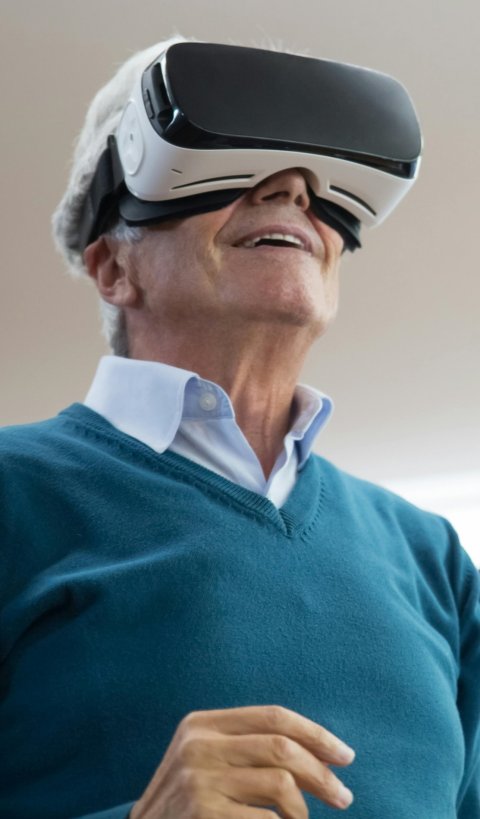
© Kampus Production – pexels.com
VSN is a disabling condition that affects attention and awareness of one side of space. The exploratory case study is among the first to integrate audiovisual cues within a physiotherapy-based VR task to support rehabilitation.
VSN affects approximately 30% of stroke survivors and can severely impact daily life, increasing risks of falls and reducing independence. Traditional rehabilitation often relies on repetitive, therapist-led exercises that can be physically demanding and demotivating for patients. The new VR task was co-designed with physiotherapists and tailored to engage patients through interactive hand-grasping exercises, supported by visual and spatial audio cues. “Our goal was to design a VR-based rehabilitation tool that is both engaging and adaptable, while keeping the physiotherapist central to the process,” says Dr. Andrew Danso, lead author and researcher at JYU’s Centre of Excellence in Music, Mind, Body and Brain. “By combining audio and visual cues with physiotherapy practice, we explored how VR can encourage patients to direct their attention to the neglected side, while also providing a motivating experience.”
In the study, published in JMIR XR & Spatial Computing, two stroke survivors with visuospatial neglect participated in 12 VR-assisted physiotherapy sessions. Both patients reported positive experiences with the VR training, describing it as enjoyable and different from standard physiotherapy. One patient experienced improved confidence in walking and mobility, while physiotherapy trainees rated the system as safe, usable, and engaging.
Although the findings are preliminary, the study demonstrates the potential of VR as a patient first tool that can be customized for individual rehabilitation needs. Future research at the University of Jyväskylä and collaborating institutions will expand testing to larger groups of patients and evaluate the clinical impact of audiovisual cueing in rehabilitation outcomes.
The project was funded by the Research Council of Finland and carried out in collaboration with partners from Finland, Canada, Singapore, Australia, and the UK.
Source: University of Jyväskylä - Jyväskylän yliopisto
23.10.2025




